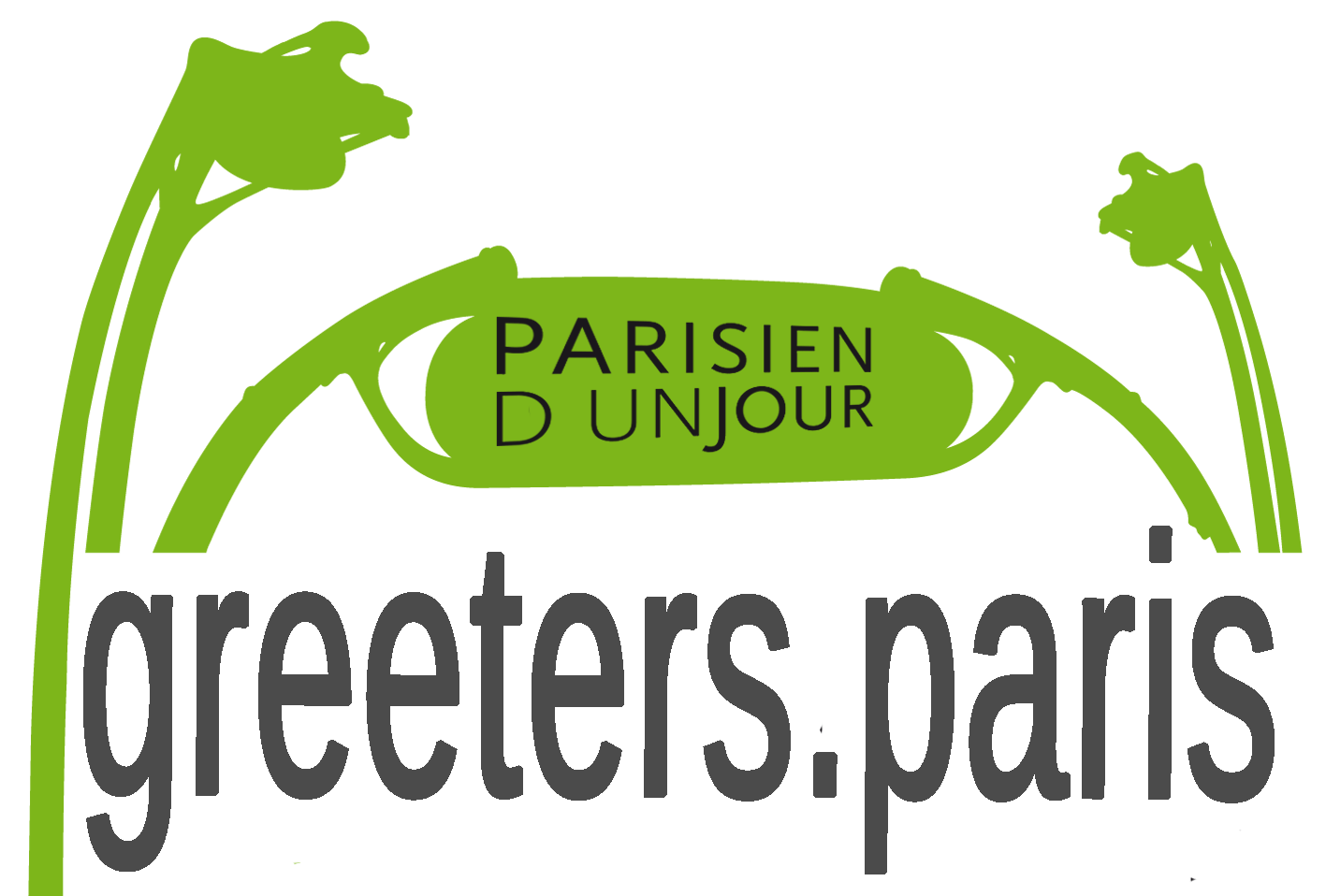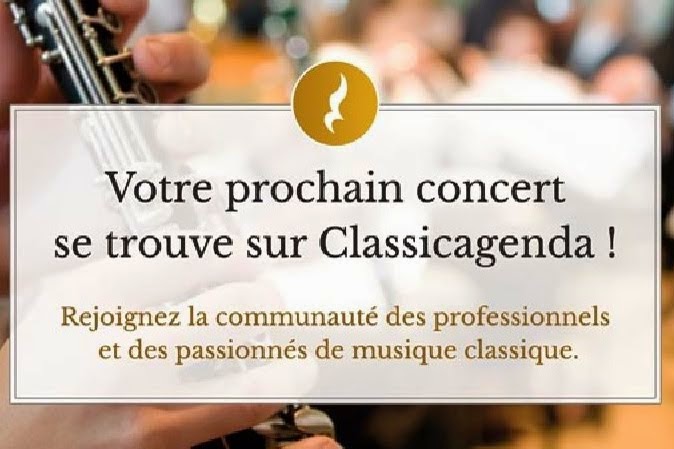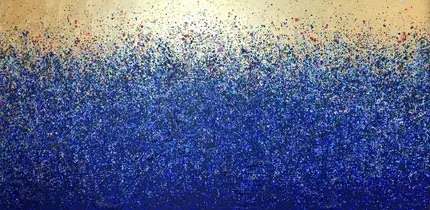Rue Chaptal
is one of many similar looking, mostly nice, streets in the 9th
arrondissement. As a lot of the streets here, very popular among 19th
century and early 20th century artists, it has much of history,
partly still visible, especially behind the facades and in the small alleys leading
to it.
The most
well-known is perhaps what today is referred to as the Museum of the Romantics,
once the home of the painter Ary Scheffer and linked to names as Ernest Renan,
George Sand, Chopin, Liszt, Delacroix, Dickens… I wrote about it already on my previous
blog, see here. This time I just went there for a cup of coffee in the little
garden.


If you look
over the wall in the alley leading to the Museum, you can see a little
building, also with a lot of – more recent – history. This was for some thirty
years a central point for jazz music. Charles Delauney, who was the son of
painters Sonia and Robert Delauney, installed here what was named the “Hot Club
de France”. It officially opened with a concert with Duke Ellington, Django
Reinhardt… This became a centre for everything linked to jazz music for a few
decades, including during WWII (when Delauney was an active resistant). This is where
jazz musicians met to form groups, find jobs… A magazine, “Jazz Hot”, was
published here with famous contributors like Boris Vian. (Kenny Clark composed
a famous be bop piece, named “Rue Chaptal”.) The record company “Disques Vogue”
was created, featuring Duke Ellington, Dizzy Gillespie, Sidney Bechet, Errol
Garner… and later also pop music artists like Petula Clark, Françoise Hardy… and
the magazine “Rock & Folk” was started. When all this editing activity
moved to the other side of the street, the famous guitar maker Gibson moved in
and the place was still visited by many other artists. (It seems that the place is
for rent today?)

(By the
way, in a nearby shop, I found some Gibson guitars for sale, price range $5,000 – $9,000. The shop was closed. Some musicians known for playing on Gibson
guitars: Chet Atkins, Eric Clapton, Bob Dylan, David Gilmour, George Harrison,
Jimi Hendrix, Mark Knopfler, Bob Marley, Les Paul, Keith Richards, Carlos
Santana, Pete Townshend, Neil Young, Frank Zappa…)
Talking
about music, rue Chaptal is also the street where “SACEM”, the French professional
association collecting rights to songwriters, composers, musicians… had its
site until 1976. All artists came here to collect what they had earned. On the opposite side of the street from "SACEM" and the "Hot Club" was a
little bar, where for decades all these people met. It was finally baptised the
“Annexe” and is still there, but perhaps today with fewer famous, drinking,
artists?

Talking
about music, this is also where an artist like Iannis Xenakis lived and where Lucien
Ginsburg, more known as Serge Gainsbourg, spent his young years, went to
school...
In another
little alley, you can find a theatre. This was once a little chapel, taken over
by the painter Rochegrosse as a workshop, before becoming by the end of the 19th
century a, for decades, very popular little theatre, “Le Grand Guignol”, known
for naturalistic horror plays, but surprisingly, with a quite sophisticated
public, in part. After closing this activity in the 1960’s, there were some attempts to perform
some more serious plays and some of our famous actors have occasionally performed
here. Today it has become the site for the “International Visual Theatre”, specializing in plays for deaf and hearing-impaired, and also offering all kinds of activities
and services connected to this. It’s headed by Emanuelle Laborit.

A last
visit in the street could bring you to what today is a municipal library and
also a nursery. Once a private 19th century home, known as “Hôtel de
Serigny”, the transformation has left very little of the original interior
untouched, with the exception of a beautifully decorated salon.
Just to
finish this long post, a few other photos from the street. (In a more invisible way, the street is also
linked to many other 19th and early 20th century names
like Maupassant, Verlaine, Max Jacob…).










































































